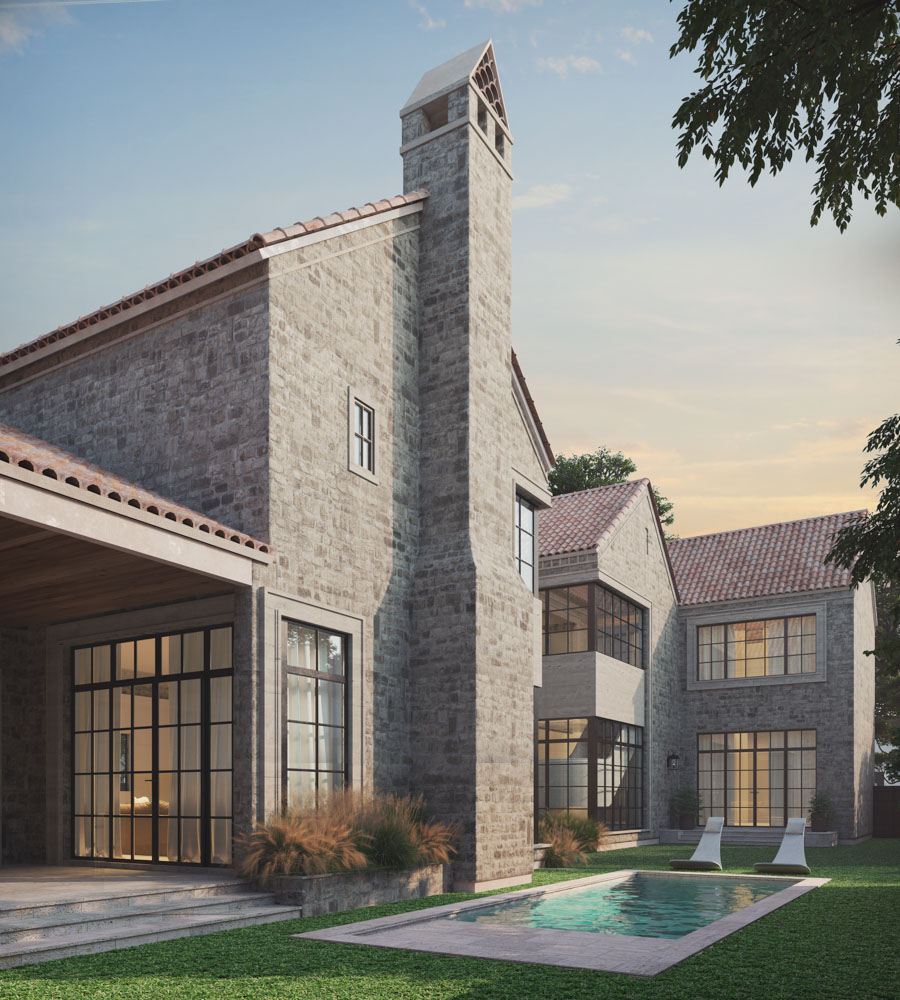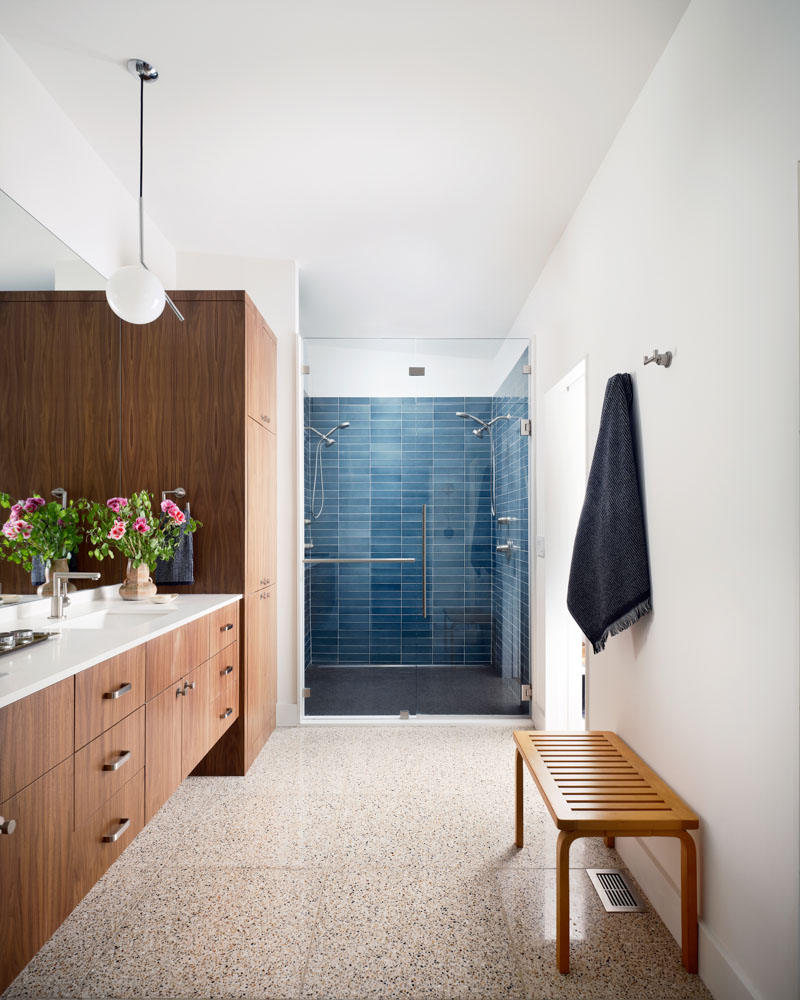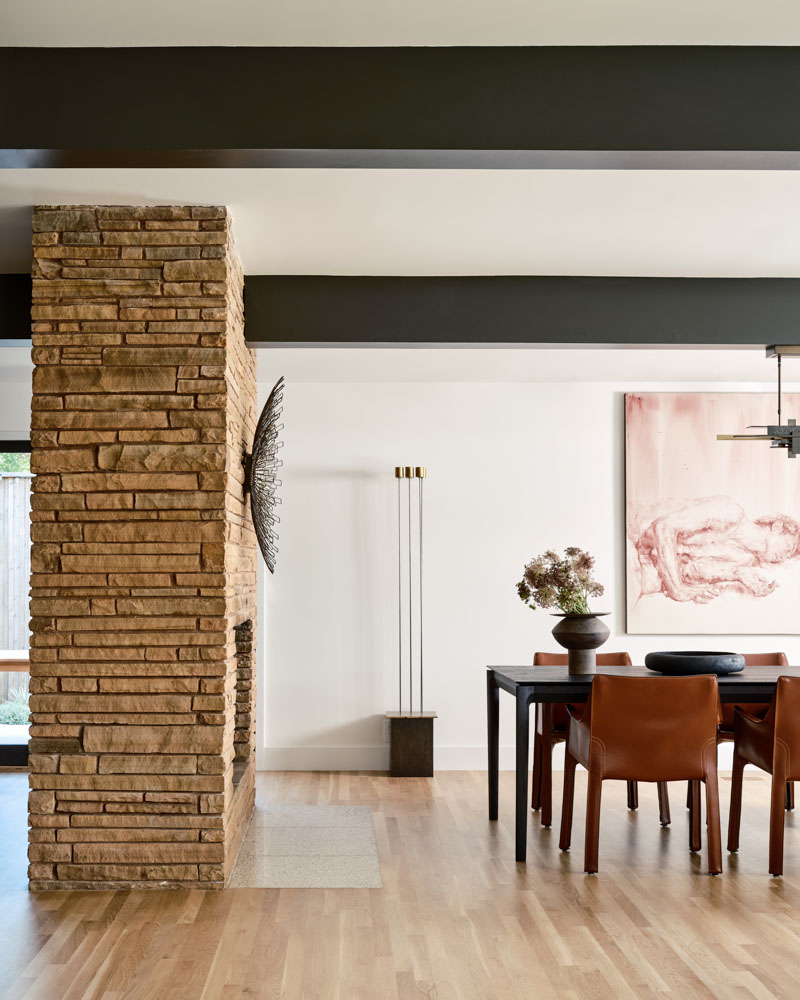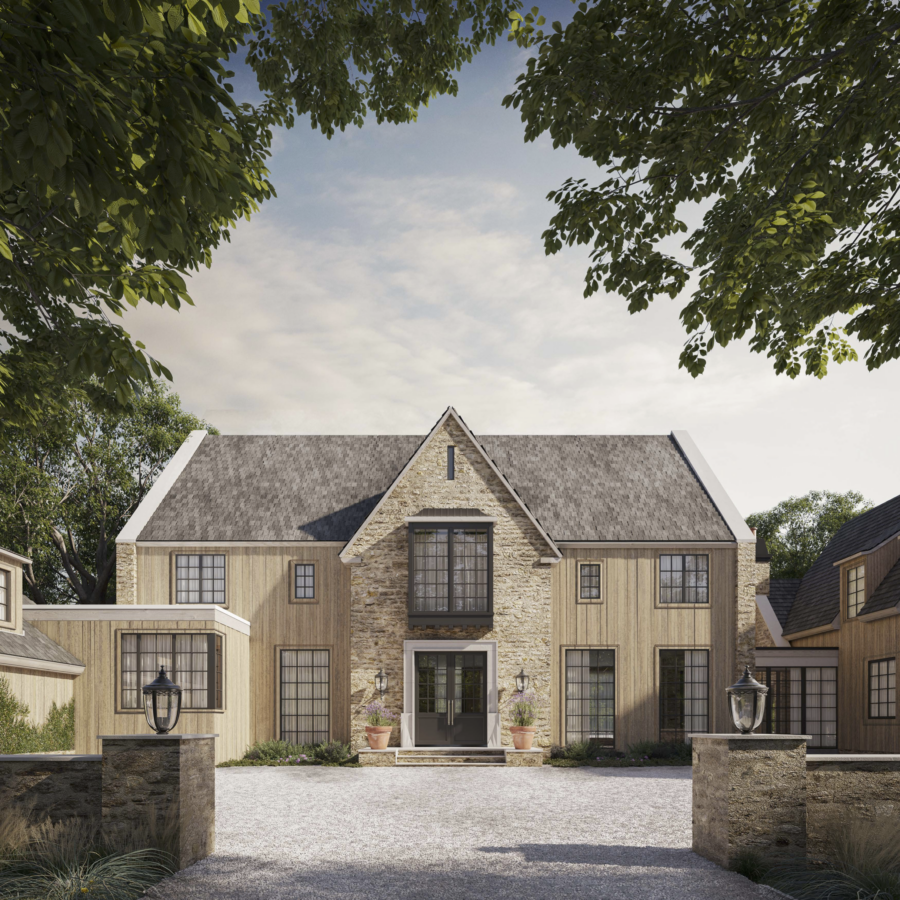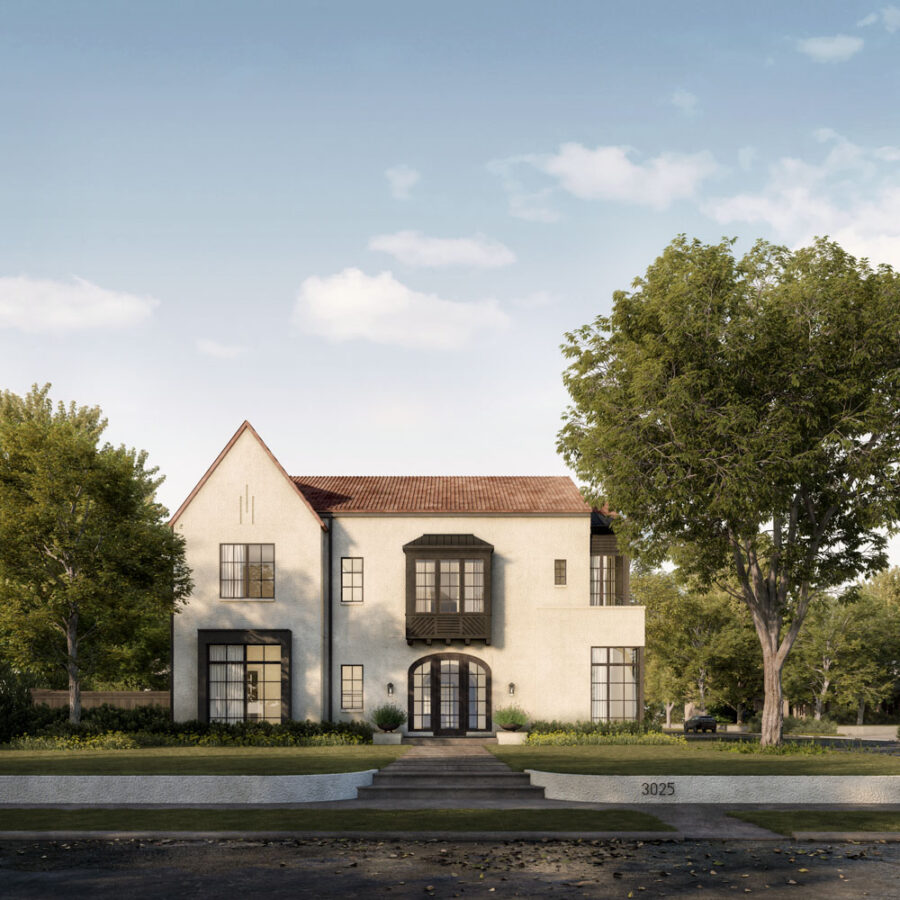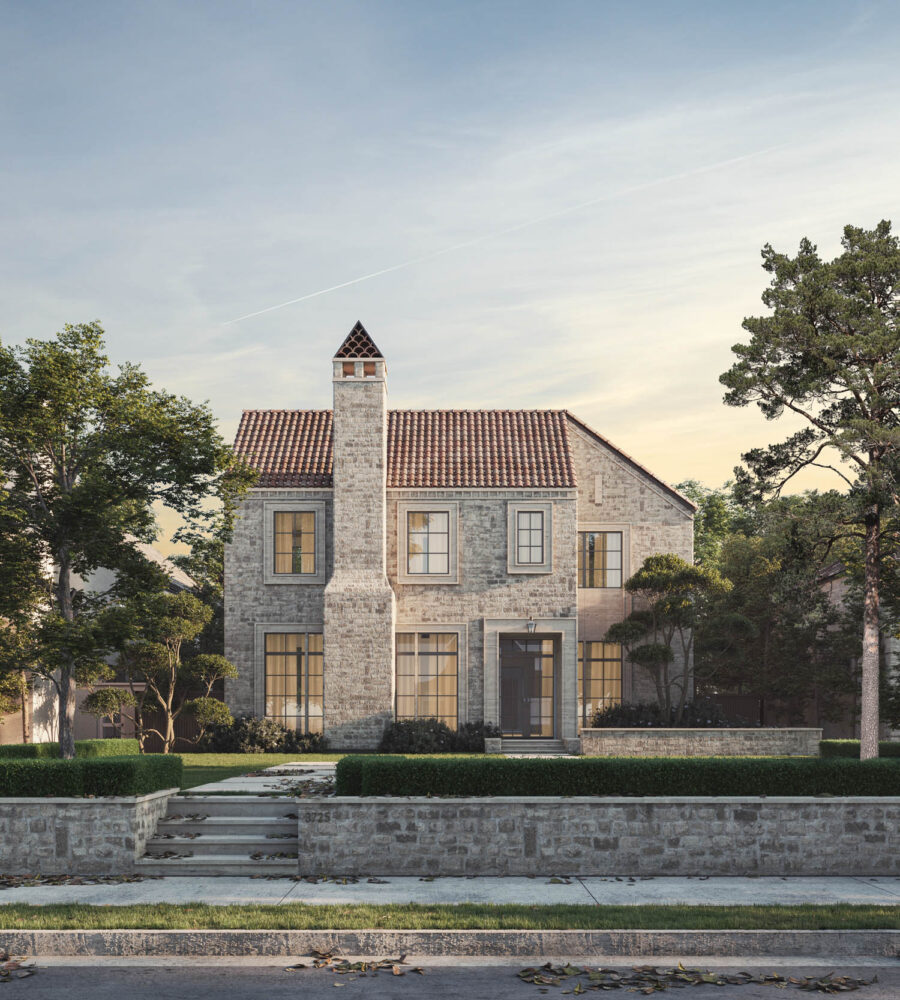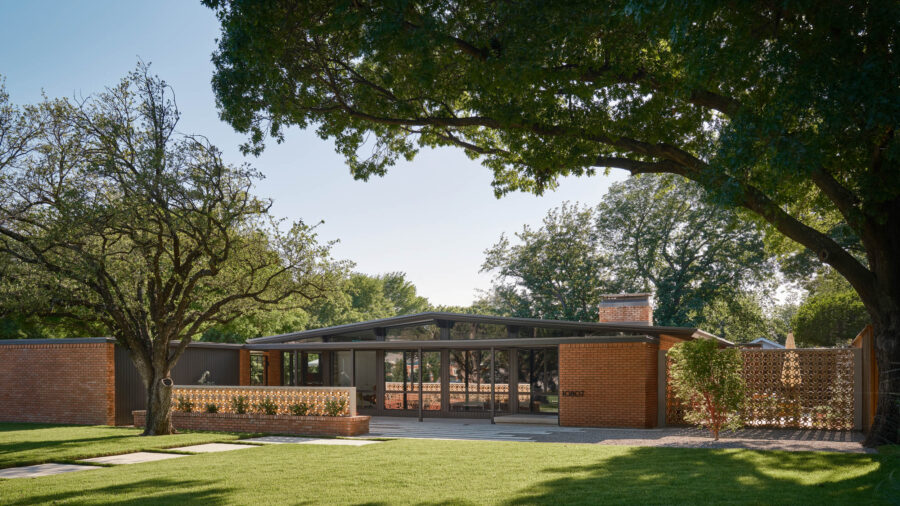Fort Worth Residential Architects
Your Local Fort Worth Architects
Fort Worth Residential Architects
About Manolo Design Studio
We believe that designing and building a custom luxury home is an art that thrives on collaboration. Founded by Manolo, AIA, our studio brings together the best of architecture, design, and construction to create spaces that are not only beautiful but also functional and enduring.
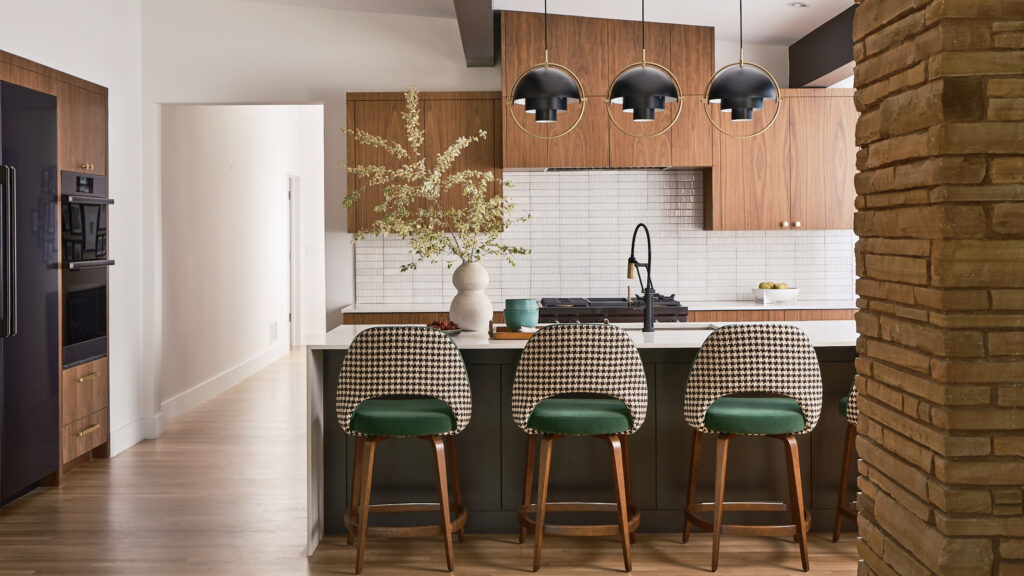
Manolo, a registered architect with a Master’s degree in Architecture and Business Administration, founded the studio after more than a decade of experience in high-end residential design and general contracting. From the Park Cities to greater Dallas, he has honed his skills in delivering exceptional homes tailored to the unique needs of each client.
Every project begins with a deep understanding of your vision. As founder and principal, Manolo is personally involved from the first sketch to the final build, ensuring that every detail is thoughtfully crafted. He believes that design is a seamless blend of intention and action, and it is this philosophy that guides the studio’s approach.
What sets Manolo Design Studio apart is our ability to navigate the challenges that inevitably arise in the complex process of building a custom home. With over 10 years of experience as a general contractor, Manolo is uniquely positioned to address problems before they become setbacks. His expertise in both design and construction allows us to offer practical, creative solutions that keep projects on track, on time, and within budget.
But it’s not just about technical expertise. We take pride in creating a collaborative environment where clients feel heard, understood, and supported throughout the process. We’re not just building homes; we’re building lasting relationships. From the initial consultation to the final walk-through, we’re there to guide our clients every step of the way, ensuring the process is as enjoyable and rewarding as the finished product.
Our design philosophy is grounded in five core principles: Context, Standards, Balance, Discipline, and Mastery. These principles shape every aspect of our work, ensuring that each home we design is a reflection of its surroundings, an example of functional beauty, and a true expression of our clients’ aspirations.
We understand that building your dream home is a personal journey, and we’re here to make that journey as smooth and successful as possible. With a focus on exceptional design, quality construction, and an unwavering commitment to client satisfaction, we create spaces that you’ll love for years to come.
Let’s design the home you’ve always envisioned.
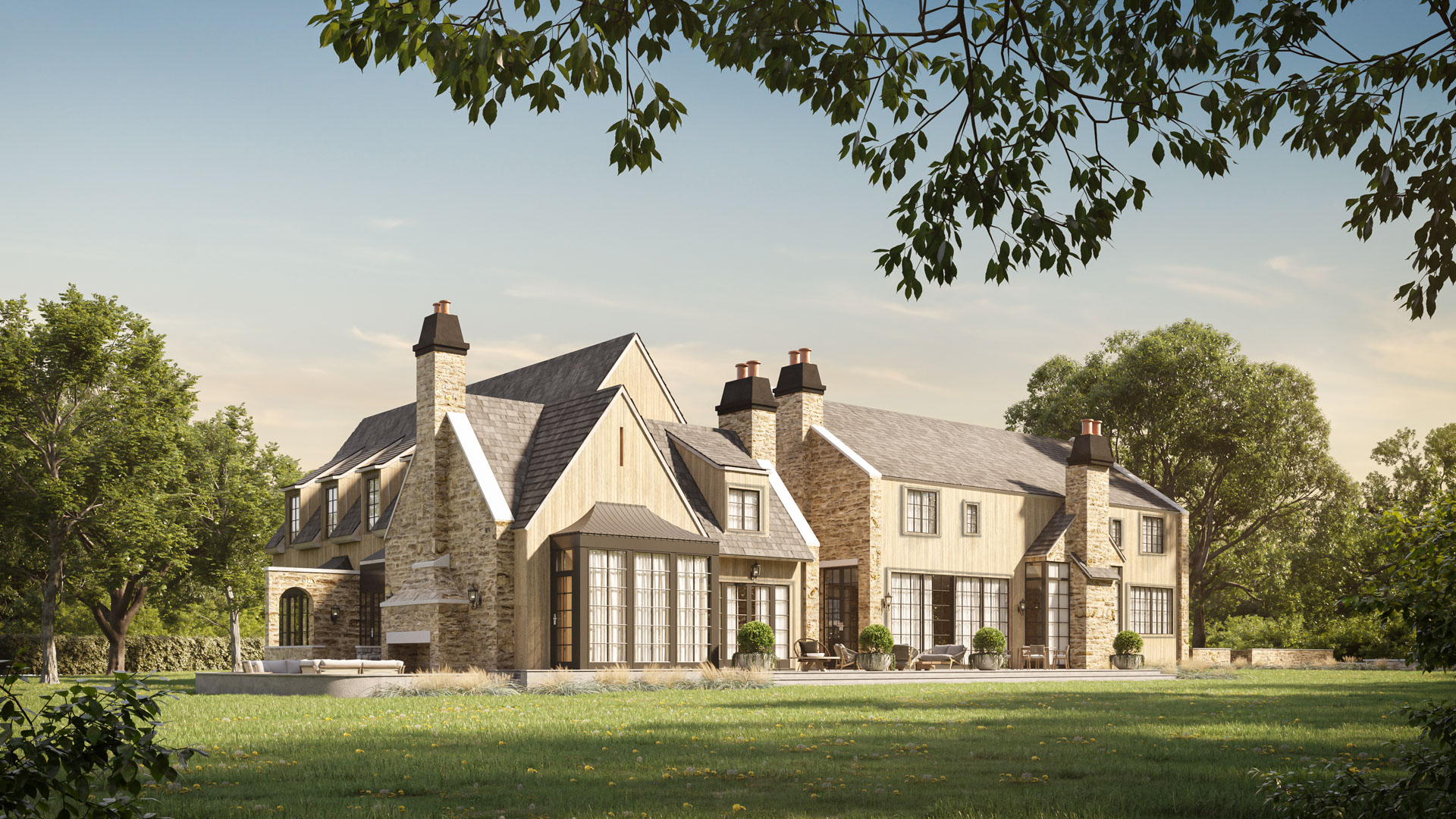
We have multiple projects in progress and completed in or nearby Fort Worth.
Fort Worth Residential Architects
Contact Manolo Design Studio
If you’re ready to bring your vision to life, we’d love to hear from you.
Whether you’re in the early stages of planning or ready to start designing your custom home, Manolo Design Studio is here to guide you through every step of the process.
Reach out today to schedule a consultation, and let’s explore how we can create a space that is as unique and inspiring as you are. Your dream home starts with a conversation—let’s begin.
Fort Worth Residential Architects
Designing Across Generations in a Single Place
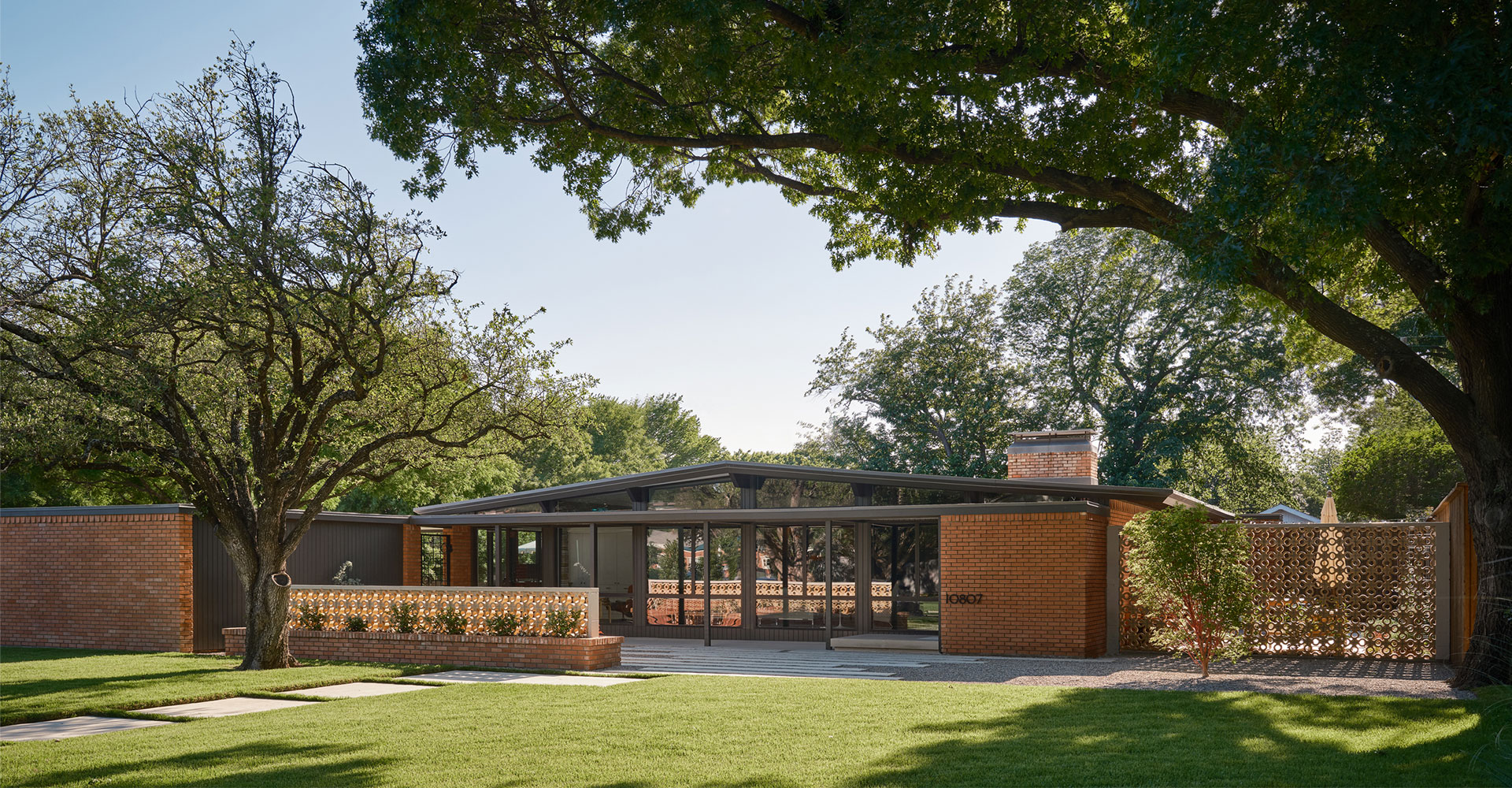
In the rapidly shifting world that we live in, the way that we think of home is shifting as well. These days, it’s not just a matter of finding a home that’s usable by each member of the family through various ages in it, such as from grandfolks to grandnieces and grandnephews. Building a house that’s usable by various ages entails respect for the past and the wisdom that comes with it as well as an understanding that we have to provide ourselves with the comforts of the present as well as an adaptable design that may shift depending on the flow of life.
Honoring Family History
A multi-generational house is more than an architectural structure. The house includes full of memories that have been shared by the generations. In designing such a house, the initial step should include the experience of the past. This may involve preserving those portions of the house that have certain significance for the family. Maybe it’s the old timber flooring of the house that needs preservation. Perhaps it’s the fixtures that were used long ago. Maybe it’s the fireplace around which the whole family used to assemble. Rather than discarding those items that were part of the house’s history, it can be given a new life. In doing so, it should retain an old look. In displaying such items within the design of the house, it provides an account of the historical background of the family.
Including family items or art that has been created just for the family can add an extra layer of personalization. Having a wall of old family photos or a wood wall from wood that came from the original property of the family can tie a family to the heritage of the home. The details bring to mind who the family is as a collective.
Designing Flexible Living Spaces
These days, families require spaces that lend themselves to being used in various different ways. When multigenerational families live within the same house, they require spaces where children can quietly study and work from home offices. They also require spaces that can be navigated easily by seniors. The objective of designing a house includes designing it to change throughout the day.
Open floor plans that incorporate various zones can be very effective at doing this. For instance, a large living area could have an area where a family hangs out to watch movies and a corner for reading. Multi-functional furniture such as a dining table that doubles as a desk and a sofa bed that has additional storage inside can help maximize space without compromising on design. The walls or doors that have the ability to be moved around can section off zones as needed but can also be pushed aside for large functions like those involving the whole family. The house should thus feel both snug and spacious.
Adapting to Changing Needs
Having adaptable spaces provides an opportunity to change as the family changes. This can be very practical when the kids have grown and new needs arise. For example, it can provide an opportunity to change the house to suit elderly parents who may have trouble moving around.
Designing for Accessibility
Designing for everyone means designing spaces that can be used by anyone regardless of age and ability. Applying these principles when designing for multiple generations helps ensure that the house is functional and accommodating for everyone. For instance, wider doors and corridors, easier-to-grip door handles, and the absence of stairs at the door help elderly or mobility-impaired persons to navigate through the house.
Bathrooms and kitchens can be modified with comfort in mind. This could include installing countertops that can be adapted to comfort levels and flooring that won’t slip. Lighting in a bathroom can include illuminating the room altogether as well as installing lights that highlight certain tasks. Lighting that provides a pleasant ambiance also needs to be included. All of these factors create a bathroom that is not only helpful to elderly members of the family but also provides a healthy atmosphere for the whole house.
Blending in Smart Technology
Smart home integration can provide functionality that makes life at home easier and more enjoyable. For instance, lighting and temperature adjustments that change automatically depending on the time of day or depending on what various parts of the house require. The addition of speech-enabled assistants, appliances, and security components can be made easy enough for young generations who love technology and senior generations who may not always feel as familiar with it.
The trick here is to incorporate the technology in such a manner that it doesn’t call much attention to itself. The devices should blend in with the design of the house. For instance, the smart thermostats can be positioned behind furniture cabinets. Similarly, security cameras should be made in such a manner that they blend with the designs used inside the house. As such, the house should retain both classic and modern designs.
Fostering Family Connection
Multi-generational homes offer outstanding opportunities for the whole family to spend more time together. The design of shared spaces where mingling takes place may develop a strong sense of a family. The spacious kitchen designed with an island that facilitates conversation or a living area designed around a fireplace may become natural meeting spaces. Adding additional spaces outside the house, like a covered porch or a garden area, may increase shared spaces within the house.
Balancing Privacy and Community
However, it should not be forgotten that it is also necessary to provide some quiet spaces somewhere in the house where people can go to be alone. In order to provide both the public spaces in a house and the personal spaces that every member of the house needs, it can be seen that it is necessary to provide both public spaces and personal spaces. For instance, a den or a home study could serve as a quiet area to read or work.
Designing with Sustainability in Mind
The concept of sustainability should be included in designing a house for inter-generational living. Eco-friendly resources, energy-saving devices, and water-saving fixtures not only add to saving the planet but also save money in the long run. Use of eco-friendly designs in house construction that may include the use of recycled resources or locally made goods can add to the feeling of community as well. All these factors add to the house being beautiful and functional.
Future-Proofing the Home
Planning for the future involves considering what may change within the family and what new technologies may emerge. Flexible design solutions, designs that suit all users, and intelligent technologies can prove great investments for the future of the home. In addition to considering the future of your home, you ensure that your home can change or be adapted with ease whenever your needs change or new members join your family.
Adding Personal Touches
Adding a personal touch to the home is important to make it feel like your home. Interestingly enough, the story of the family can be projected through each and every room. For instance, an original painting in the entryway that depicts the story of the family with pictures of ancestors or an old furniture piece that has been renovated and put on display helps in imbibing the feeling of actually living in the home. Personal items such as old photographs or recipes on the wall add to that.
A Home for Generations
All of these design elements not only pay tribute to the past but also inform the future. They offer a reminder of where each of them comes from that provides a sense of identity that is very important in the world of today. The story of personal heritage with modern design elements provides a living space that is dynamic and historically rooted in family tradition.
The art of designing a house for generations of families combines the creation of an adaptable and easy-to-operate space that can be personalized. The design process includes striking a balance between preserving the family’s heritage by introducing modern technology and fostering both shared and secluded areas. Through the adoption of designs that favor everyone, eco-friendliness, and technology, a beautiful homestead that can withstand the test of time is crafted.
The end result is an ecosystem of living that every generation can do well in—a space that adapts to them as they change while also remaining a special place of shared memory and tradition. In a home that truly supports a family’s lifestyle, every room has a story to tell.
Fort Worth Residential Architects
Turning Historical Details Into a Contemporary Advantage
The details from that long-gone era form the heart of a house’s design. Just try to look at these as an opportunity instead of as an obstacle to modern living. The bigger picture here comes from finding that balance that combines the old with the new. That’s when folks who possess the property and folks who design it come away from these efforts with solutions that were once problems. These solutions become places that have character. They work. They look good.
Restoring Historic Character
Each old thing has its own story. Maybe it’s an old part around a fireplace, fancy designs on the walls, or windows with colored glass. These bits link us to what happened before. First, get to know and fix them up instead of hiding them. For example, fix up the little breaks in the wall covering or make old wood floors look bright again. The aim isn’t to be like a museum. It’s to show respect for the work and things that people picked out with great care a long time back.
Fixing it may be easy stuff like cleaning it and applying a seal. Or it may involve a large amount of work such as fixing everything depending on the condition of the old stuff. Once the old stuff is in good condition, it’s like a fresh page ready for new designs. Mixing the old and new designs can create a new look that’s long-lasting and fits in perfectly.
Pairing Old With New
Old things look even better when paired with new designs. The absence of complicated designs and colors that do not attract much notice can help highlight old items. For instance, a room that contains an old elegant area that holds a fireplace can pair well with a simple couch and a simple table. The new items do not clash with the old items. Instead, they help highlight the area that holds the fireplace as the focal point of the room.
Adding Modern Efficiency
Adding windows that conserve energy, new lighting fixtures that are energy efficient, and technology that makes your house smart without detracting from the way it used to be. By improving the old system, it not only functions better and helps save resources that can be used for other things, but it also preserves the old part by having it in a better place to remain in good condition as well. Since you’re installing new lighting fixtures that consume less power by highlighting the wood beams on the ceiling or old lighting fixtures on walls, it illuminates the house with warmth that relates to the house’s past life.
Blending Textures and Materials
One thing that should be considered when trying to put new uses on old parts is combining various items in an intelligent manner. In an old house, there may be various textures such as worn wood, handmade tiles, and old metals. These items give an ambience that has a certain charm. In a new house, everything can blend perfectly. Stone floors may serve as plain and sound bases that can look very good with wood that has been given new life or walls that consist of old bricks.
The juxtaposition of rough and smooth textures makes it very aesthetically pleasant and keeps the texture of the old items. The soft fabrics used on new chairs and sofas can be colored in a combination that matches the old items. When properly done, combining new and old items provides an atmosphere that combines life and calmness – a place where old tales and new concepts blend well.
Creating Flexible Layouts
The ability to modify everything around us is very important for the life that we live now. The old details can remain in place as long as they correspond to what we want. In days of yore, homes had rooms that were sealed off. This corresponded to the lifestyle that they led. Today, everyone wants an area that can serve various purposes. The trick lies in altering the interior without eliminating the old elements.
The first idea that can be applied here is to retain the main old components as the focal point. The old archway pattern or design can remain while walls are removed or moved to create an area that’s more open. In such a manner, the history of the house can be honored by keeping the components that give it character while designing the interior to fit the needs of the present. Hence, as the design changes to fit the needs of those who have busy lives, it still holds a story.
Using Color and Lighting to Bridge Eras
The colors and lights come in very handy when it comes to creating an old and new look that fits. More subtle colors that do not come out very much can serve as a base layer that lets the old and rich part come out. Using white, gray, or brown colors as the new base helps create an opportunity to appreciate the old thing’s feel.
Good lighting can make this plan even better. Windows that let in more light and save energy can let in a tremendous amount of sun light, while new lighting fixtures in the right places such as fixtures attached to the ceiling or a simple hanging fixture may improve details without going over. Fixtures that highlight a work of art that’s old or a fancy mirror can add a special touch by highlighting the items that tell the story of the house.
Integrating Smart Technology
Technology that incorporates your house to become smart can improve an old house and save energy at the same time. The trick here is to include such details in a subtle manner that fits well with the design of your house. Modern heaters and lighting that may be controlled by computers can be concealed behind such designs as kitchen cabinets or incorporated to blend with the original design of your house. In this way, you ensure that your house gets the advantage of new technology without altering the original design.
Home sound systems or devices that ensure the house is always secure can also be designed in such a manner that it’s not that visible. The idea here is to ensure that life at the residence gets better without diverting attention from those elements that make it what it is. Technology now acts as a silent helper.
Real-World Examples of Blended Design
All around, there were homes that showed how old things could be turned into new victories. Consider a home that had old wood flooring and designs on the walls that were renewed to look like they were before. The new design included new chairs and new spaces that made a bright area that still reflected an understanding of the old part of the structure. The blend of the old and new design made a spot that represented both the old and the new.
Another positive example of preservation of a house that caught my attention is the renovation of a house in town. The house maintained the old elements such as designs on walls and old windows yet incorporated new aspects of energy conservation. The house felt like it always had and always needed what I need now. This shows that it’s good to preserve old elements when being cautious and resourceful.
The Value of Timeless Design
The process of finding value in used parts in order to put them to use in the present involves having a vision of a future that incorporates the past without discarding it. The act of knowing that the past possesses things that should not be hidden away but incorporated into new homes as a means of making them not only functional and pleasant but also connected to the past.
This helps create a house that’s like a story – where everything that’s been repaired, everything that’s new, and everything that’s smartly planned helps the old and new work well together. The house is cozy, eco-friendly, and full of the history from the past that’s perfectly suited to the needs of the present.
What is special in an old house starts from these old parts. All of these create an authentic connection to the old days. The concept of combining these old items with new designs properly helps create effective equipment that increases the functionality of the house by being resource-effective and aesthetic as well. The pride in the old knowledge of doing things can transform old history into something positive.
Blending old and new has challenges but holds much opportunity for expression. Ultimately, a house that remembers what it loved from the past and accommodates what it needs from the present truly becomes an artful creation – a house that stands the test of time and actually gets better with those who occupy it. Fixing and design with a healthy dose of high-tech magic transform old sections from being simply old stuff to being vibrant sections that improve life.
